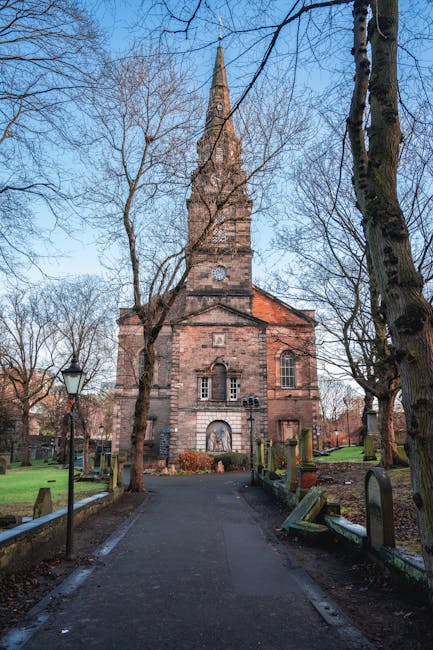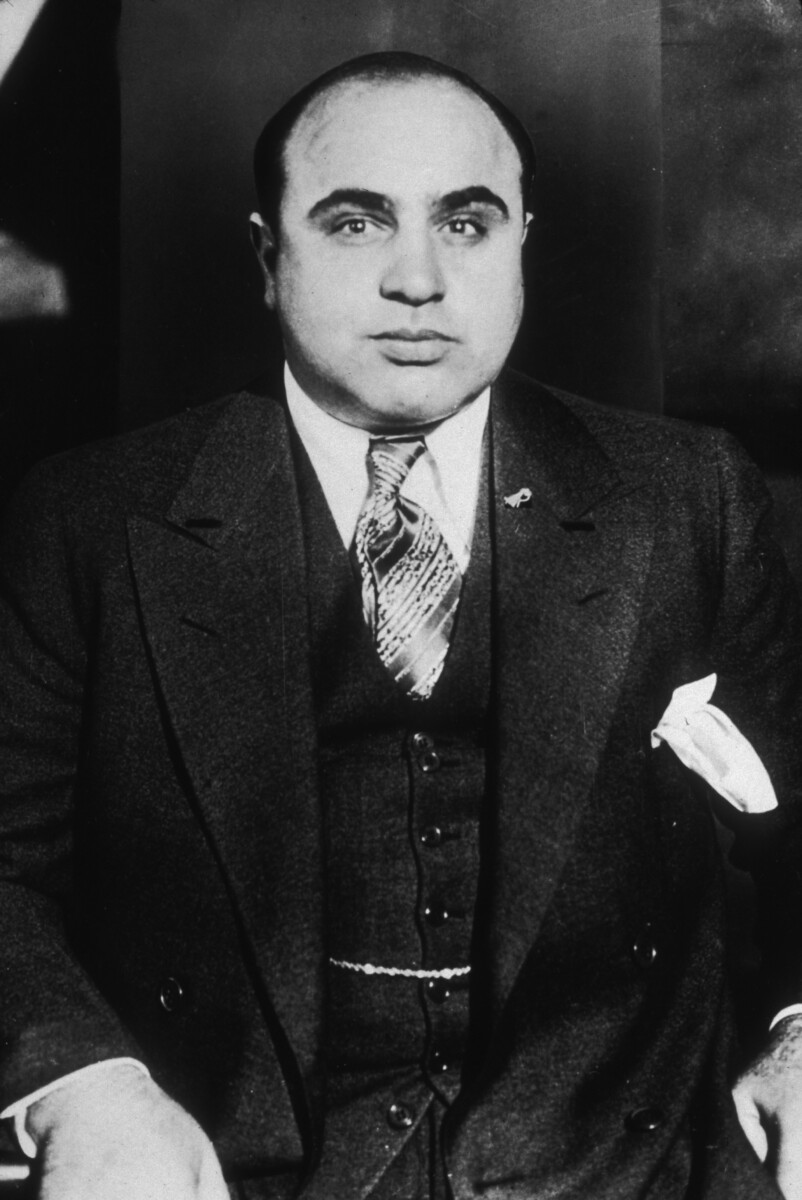Dreams of Turquoise Waters
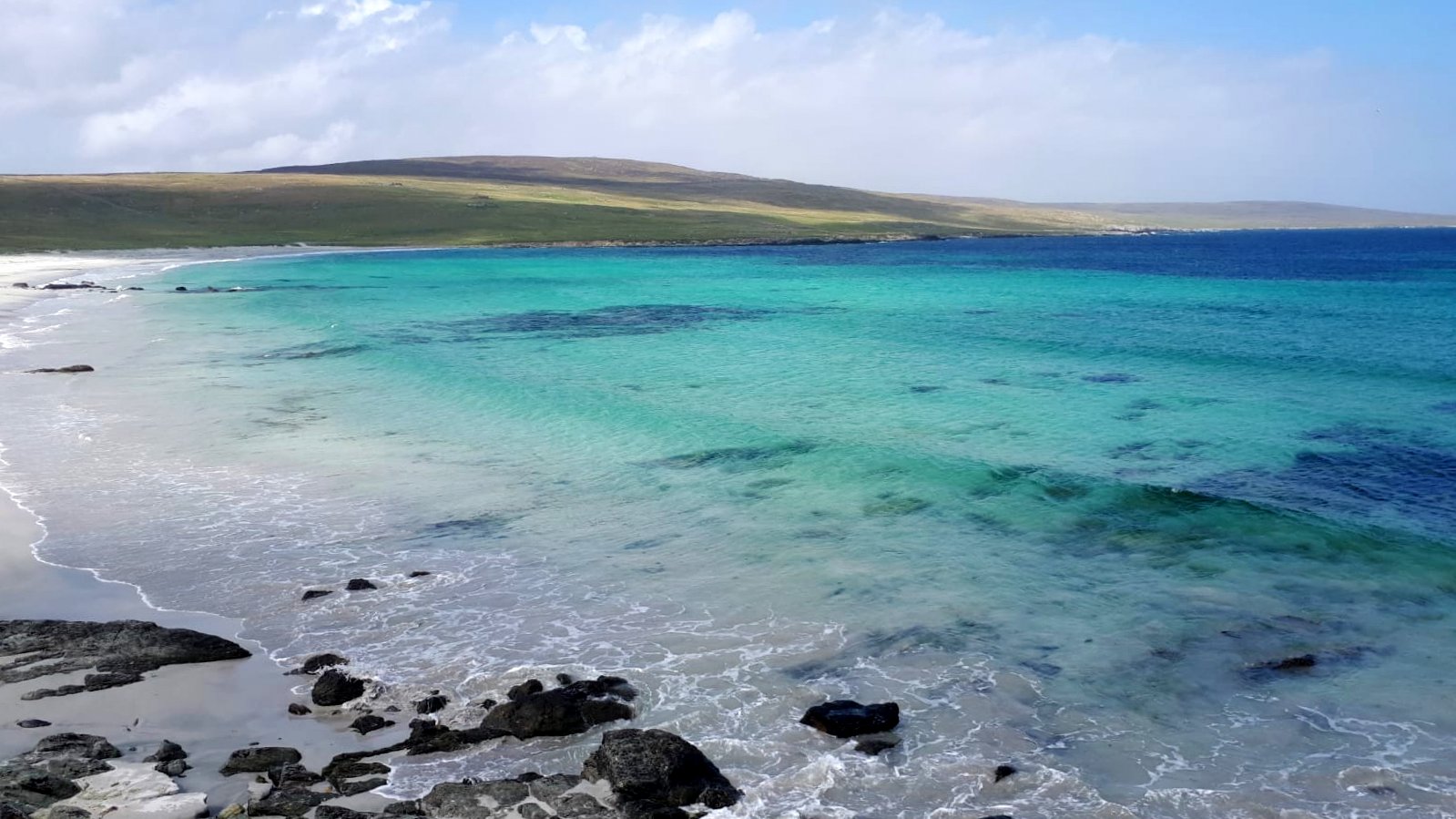
Close your eyes and picture the scene: endless white sand, the Caribbean Sea stretching out in shades so blue they seem unreal, and the air perfumed with salt and coconut oil. This is the Cancún that fills travel magazines and Instagram feeds. I remember my first arrival—warm wind on my face, mariachi music drifting from a distant bar, and the promise of sun-soaked days ahead. At first, it felt like stepping into a living postcard. But after a few visits, something changed. The magic began to fade, replaced by a sense that I was reliving the same glossy brochure, not making new memories.
Overwhelmed by the Crowd
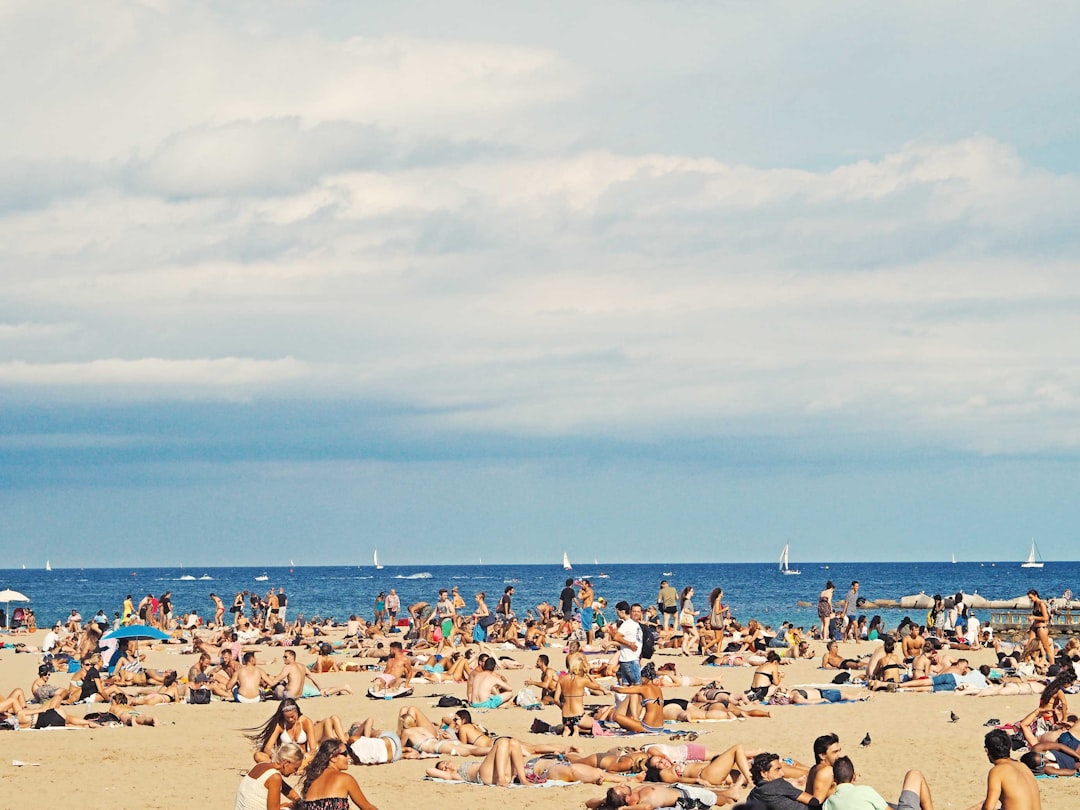
The first hint that Cancún was changing came from the sheer number of people everywhere. Walking down the Hotel Zone, you’re shoulder to shoulder with strangers—families lugging pool floats, couples snapping selfies, and groups of friends in matching T-shirts. The sand is dotted with beach umbrellas as far as you can see, and the sounds of laughter and DJ remixes drown out the gentle waves. If you’re hoping to find a quiet spot to read or meditate, good luck. Even sunrise, once a sacred hour of peace, is now a race for the best photo. The crowds made me feel more like a face in the herd than an explorer with a sense of wonder.
The Hidden Cost to Nature
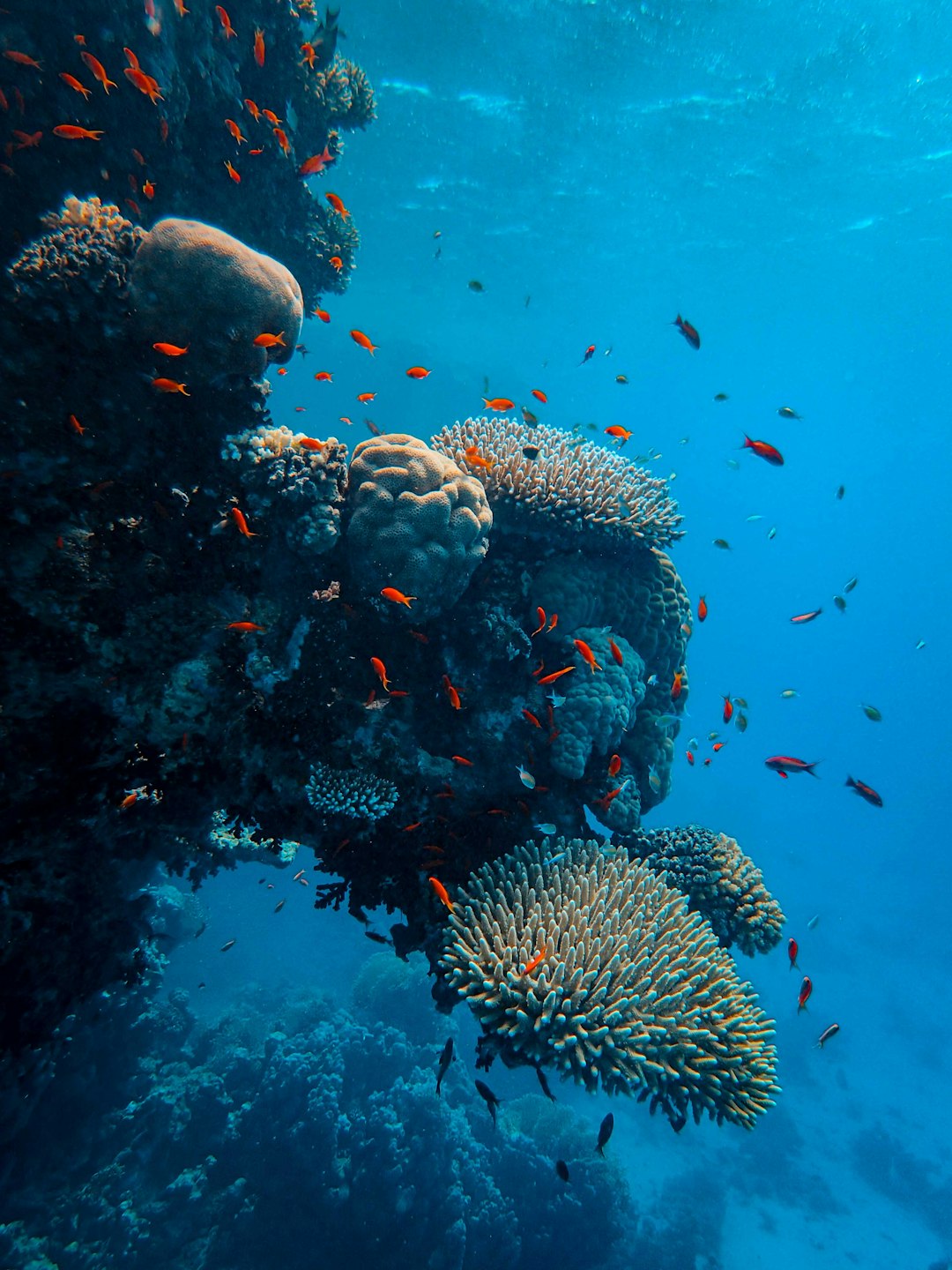
Beneath the surface, Cancún’s famous reefs are struggling. I remember snorkeling for the first time and seeing vibrant fish darting among healthy coral. Now, in many spots, the coral is bleached and broken, and the fish have thinned out. Locals whispered about hotels dumping waste and careless boat tours disturbing wildlife. It’s more than just a heartbreak for nature lovers—it’s a call to action. The more tourists flock to the same beaches, the more strain is put on fragile ecosystems. It’s a reminder that even paradise isn’t immune to the pressures of popularity.
Trapped by the All Inclusive Life

At first, the idea of an all-inclusive resort felt like a dream—unlimited food, endless drinks, and no need to plan. But after a couple of days, I felt like I was living in a bubble, cut off from the real world outside the gates. Meals felt repetitive, and every excursion came with a sales pitch or an upsell. When I tried to dine in town, prices were surprisingly high, almost as if the city was catering more to tourists than locals. It’s easy to fall into a routine: pool, buffet, repeat. But that’s not why I travel. I wanted connection, not just convenience.
Searching for Something Real
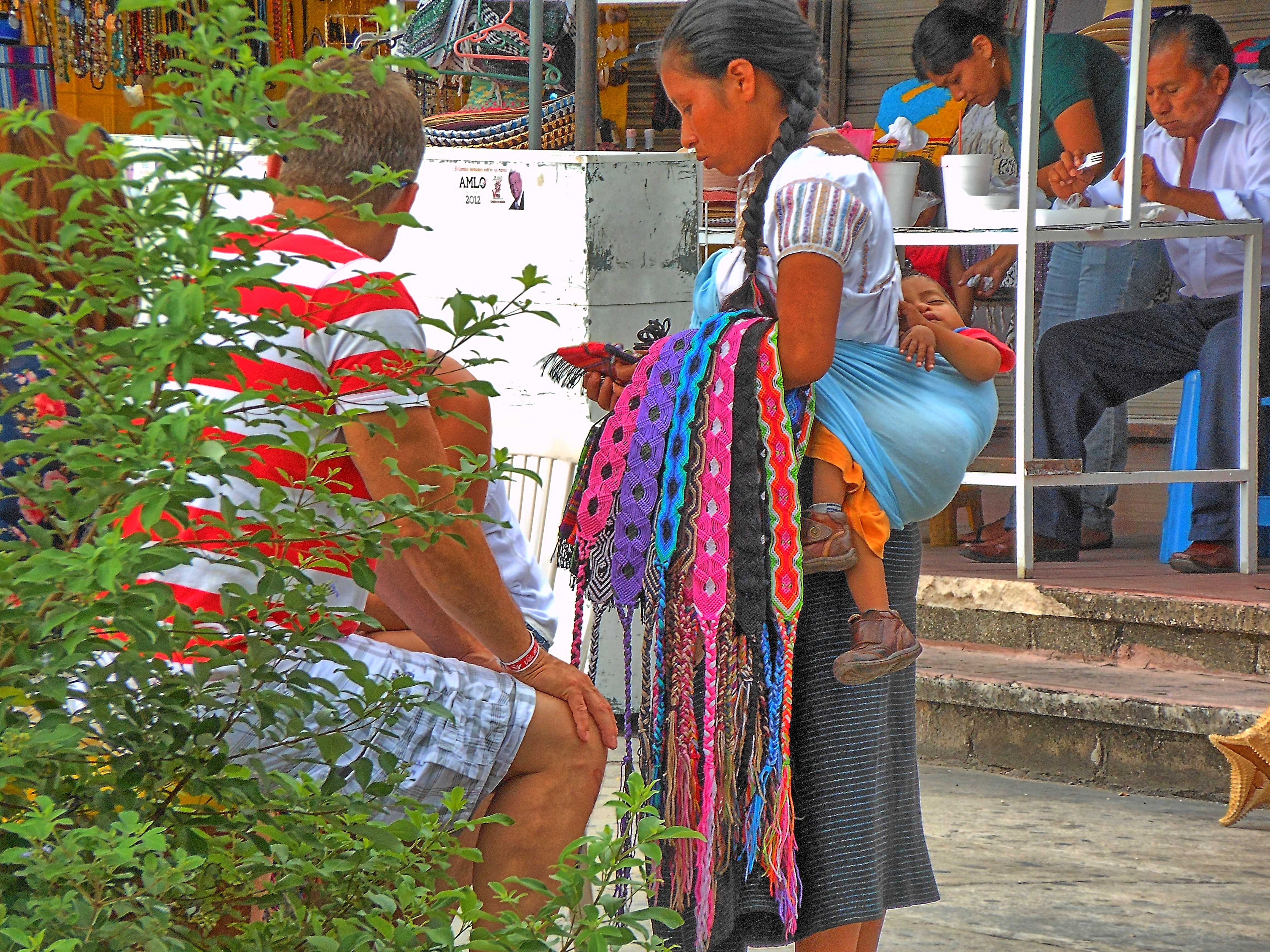
With each trip, I realized my priorities were shifting. I wanted stories, not just souvenirs. I found myself craving the warmth of local markets, the flavors of street tacos, and the quiet moments chatting with shop owners. Cancún’s polished resorts and curated experiences started to feel hollow. The city seems built to keep visitors entertained but not truly engaged. I missed the sense of discovery that comes with wandering aimlessly through unfamiliar streets, stumbling upon a hidden café, or getting lost and loving every minute of it.
Better Beach Towns Await
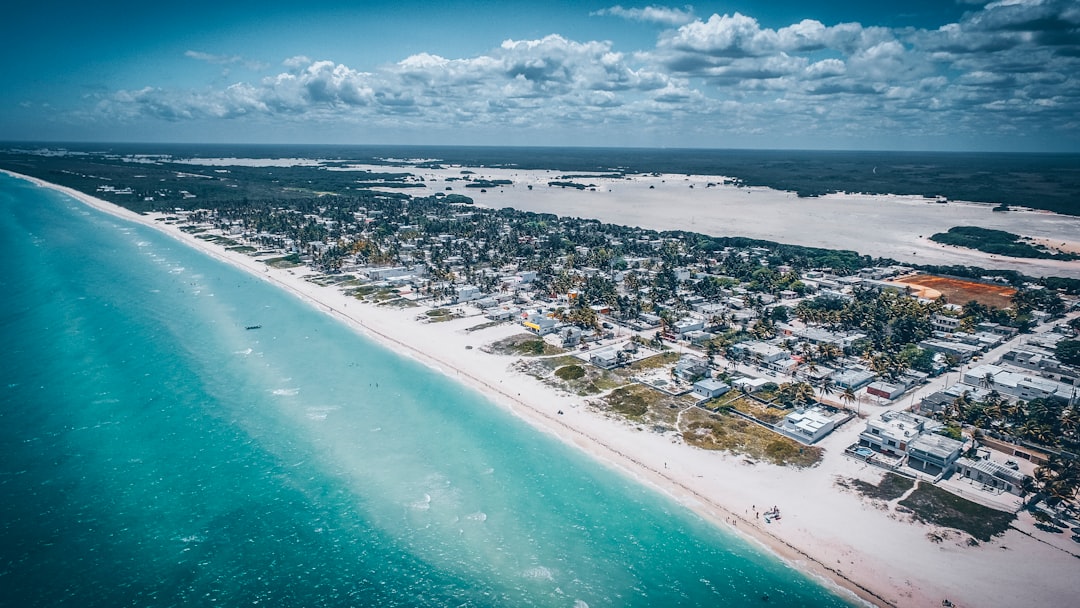
Leaving Cancún behind doesn’t mean giving up on Mexico’s beauty. Places like Tulum offer a slower pace, where you can bike to ancient ruins or swim in cenotes surrounded by jungle. Farther inland, towns like Valle de Bravo feel like secret hideaways, with cobblestone streets and lakeside sunsets. In San Miguel de Allende, art spills out onto every corner, and festivals light up the night. These places may not have Cancún’s flashy reputation, but they offer something richer: a chance to connect with Mexico’s heart and soul.
Slow Travel Is the Secret

There’s a growing movement among travelers—slow travel. Instead of racing to tick off sights, you linger. Spend a week in a small town, learn a few words of Spanish, and share meals with locals. I tried this in the Yucatán, outside the tourist zone, and found it transformative. Life slowed down, and I noticed the little things: the scent of fresh tortillas, the laughter from a family dinner, the way the light changed at sunset. It’s a more meaningful way to travel, and it’s open to anyone willing to wander off the main path.
Choosing When to Go
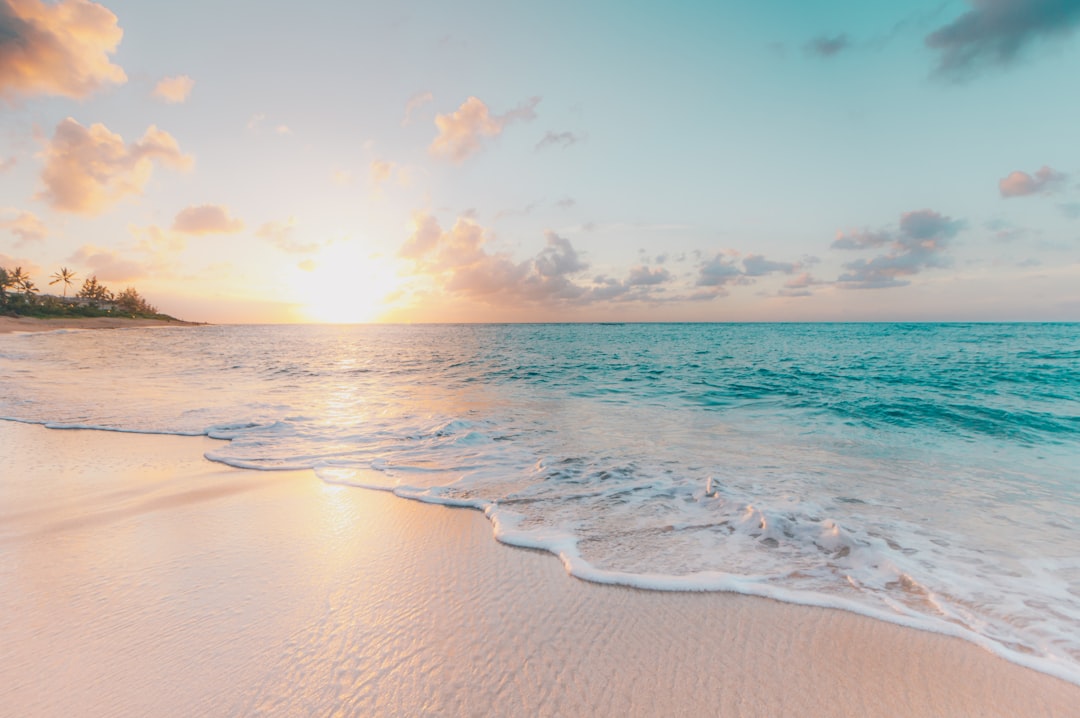
Timing can make or break your trip. The best months for Mexico’s Caribbean coast are late April to early June and September to early November. The weather is warm but not oppressive, and the crowds thin out after spring break and before winter holidays. Accommodations are cheaper, and you might stumble upon local events or festivals, like Día de los Muertos, that you’d otherwise miss. Travel during these shoulder seasons, and you’ll get a taste of authentic life without the crush of tourists.
Smart Tips for a Smoother Journey

A little planning goes a long way. Book your flights and hotels early, especially if you want boutique stays or unique Airbnbs. Learn a few local phrases—Mexicans appreciate the effort, and it opens doors to more genuine interactions. If you’re exploring beyond Cancún, pack light so you can easily hop on buses or colectivos. Don’t be afraid to try food from street vendors—just look for the stands with the most locals. And always carry pesos; small towns and markets often don’t take cards.
The Journey Continues

Leaving Cancún behind was bittersweet, but it opened up a whole new world of travel for me. Instead of chasing the next trendy hotspot, I started seeking places that felt alive and real, where stories were everywhere waiting to be uncovered. There’s an entire world beyond the all-inclusive walls—colorful, surprising, and deeply rewarding.


